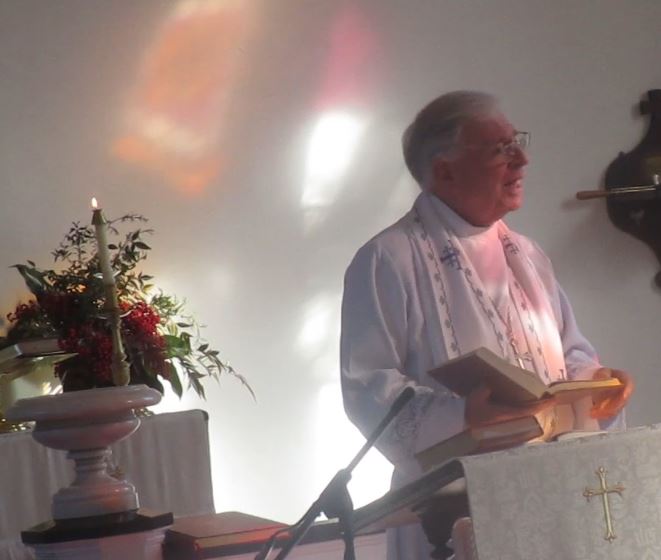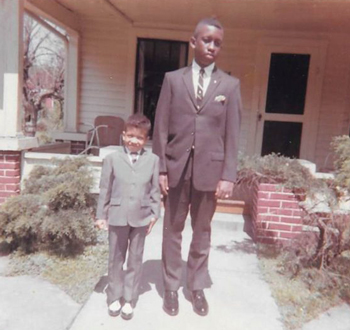Sermon, The Third Sunday in Lent, Year B 2024
John 2:13-22, Exodus 20: 1-17
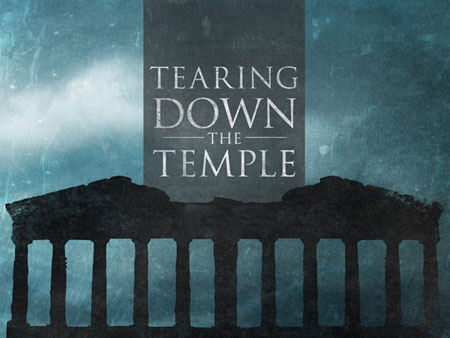
The temple in today’s scripture was the temple that Ezra built after the Jewish people returned from exile in Babylon. Six hundred years had passed and the temple had been central to Jewish worship all that time. King Herod, appointed by the Romans as the King of the Jews, had been renovating the temple for forty-six years, hoping to gain the favor of the people.
The Jewish people believed that the presence of God dwelt in the temple, in the Holy of Holies, that inner sanctum separated from the rest of this massive temple complex by an elaborately woven veil. God was off limits and transcendent, an invisible force to be revered and feared. So people came to this temple, God’s home, from all over Palestine to thank God, to bring God sacrifices, to pray, and to hope for God’s favor.
Jesus shook up the status quo when he interrupted the temple economy with his disruptive actions and his statement to stop making his Father’s house a marketplace. These actions were a direct challenge to the temple authorities about temple worship and the economics of that worship.
And when Jesus said, “Destroy this temple and in three days I will raise it up,” Jesus was speaking of the temple of his body, one of the most subversive and radical statements Jesus ever made about himself.

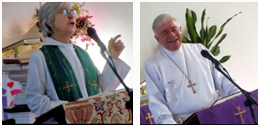
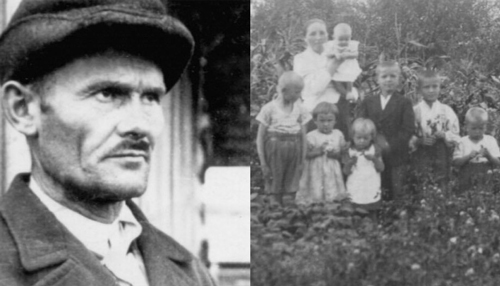

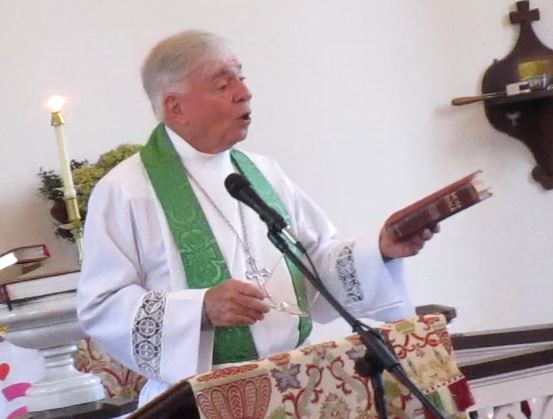

 The lessons today are all about spiritual considerations. If you spend a little time with them, the lessons are all about the spiritual nature of what it means to live in this world before God. So with that in mind there are really four things I want to talk about today. One is knowledge and kinds of knowledge . There are two kinds of knowledge – there’s spiritual knowledge, there’s intellectual knowledge and there’s also this basic drive that human beings have for wholeness. Then I want to talk a little bit about symbols and how they are an expression of our spiritual lives.
The lessons today are all about spiritual considerations. If you spend a little time with them, the lessons are all about the spiritual nature of what it means to live in this world before God. So with that in mind there are really four things I want to talk about today. One is knowledge and kinds of knowledge . There are two kinds of knowledge – there’s spiritual knowledge, there’s intellectual knowledge and there’s also this basic drive that human beings have for wholeness. Then I want to talk a little bit about symbols and how they are an expression of our spiritual lives.

